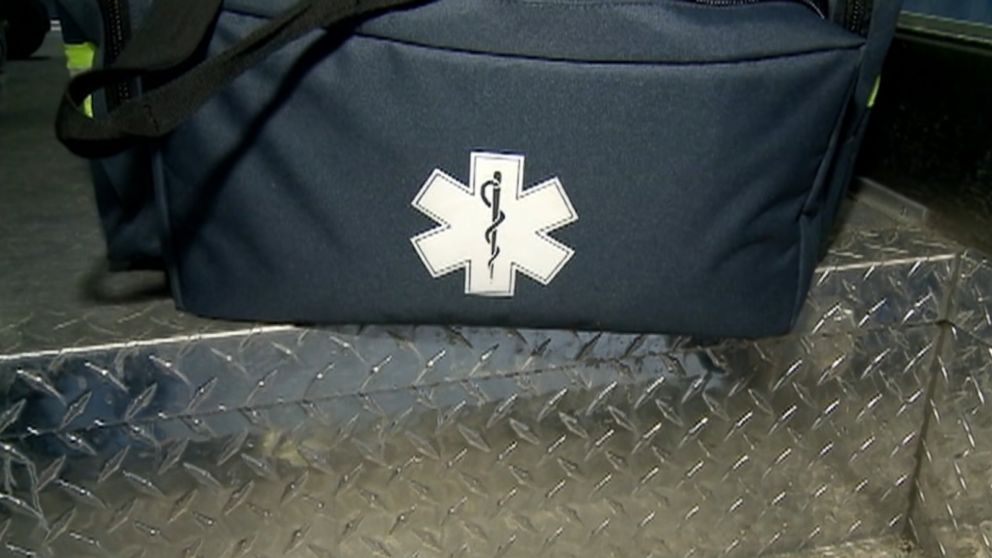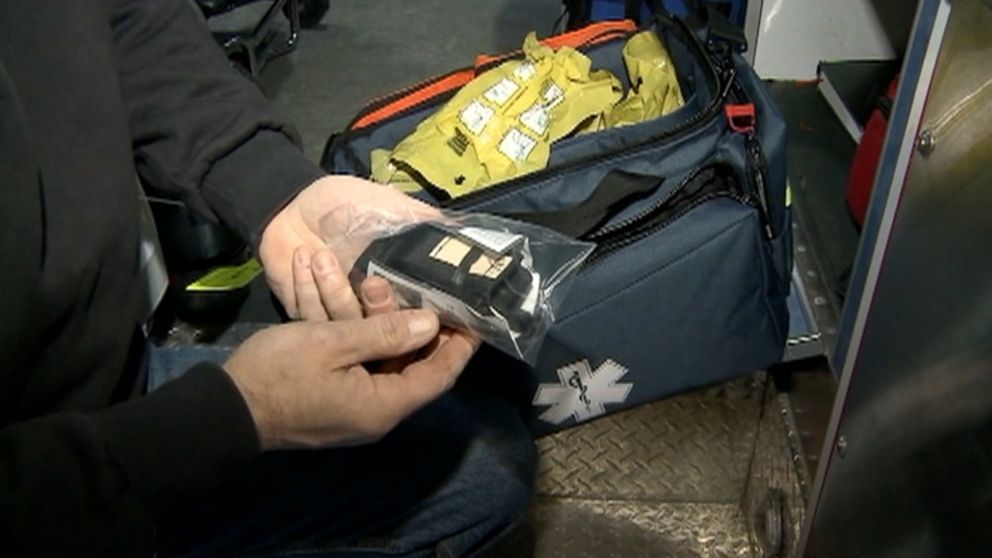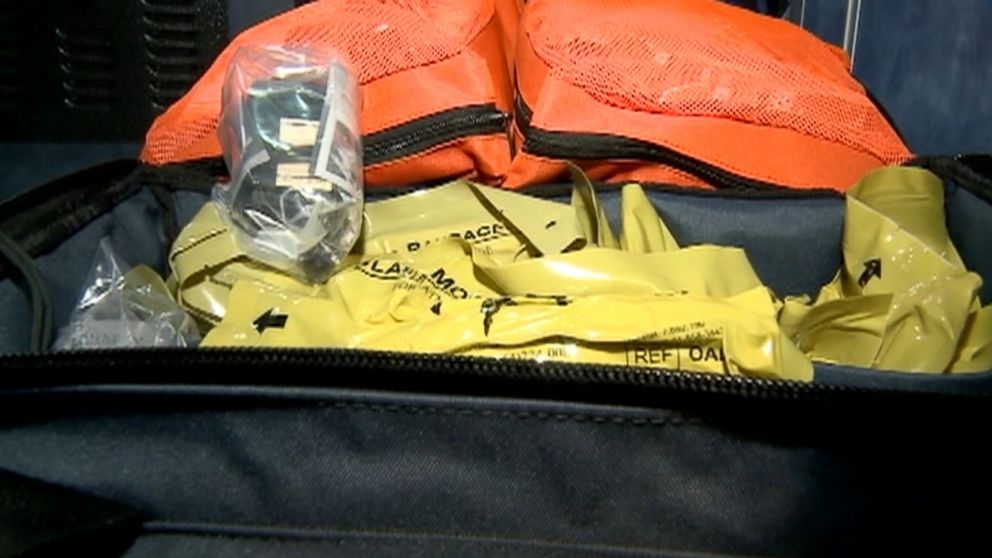This city is equipping its first responders with active shooter kits
"Unfortunately, these events are becoming far too common."
— -- First responders in Nashua, New Hampshire, completed the final phase of a yearlong project last Tuesday, equipping their vehicles with active shooter kits.
The idea, Chris Stawasz, the regional director for American Medical Response in New Hampshire, told ABC affiliate WMUR, is for EMT, fire and police units to be able to deploy the necessary tools as quickly as possible in the event of a mass casualty shooting incident.

"The most important piece of these active shooter events, which are generally over very quickly, is to get inside and rescue anybody who still has an opportunity to be saved," Stawasz said.
Shooting injuries are always serious; however, in mass casualty incidents like the one in Parkland, Florida, last week that killed 17, injuries tend to be much more dangerous. School shooting suspect Nikolas Cruz used an AR-15-style rifle, the bullets of which travel at around 3,200 feet per second, depending on their weight, or about three times as fast as the bullets in a 9mm handgun, according to Time.
"Typical gunfire from a .22 or something is a very small hole. Some of these things are just massive destruction to the human body," Stawasz said.

The high-caliber weapons usually used in mass shooting events can cause a tremendous amount of damage and bleeding. With that in mind, the active shooter kits in Nashua all come equipped with tourniquets, bandages and specialized clotting material that help blood clot more quickly than it normally would.
“This is a kit that where we can deploy it really quickly, throw it into a scene and, if there's multiple casualties, you can use that kit as your primary source of equipment to go out and save these people,” Stawasz told WMUR.

Nashua police were the first to get the kits, then the fire departments and finally the primary ambulances. The EMT go-bags even have quick roll-out stretchers, like reinforced sheets with handles, so that victims who are unable to walk can be dragged away from the scene.
"Unfortunately, these events are becoming far too common, and we want to be prepared in the city and respond to them if they do happen here," Stawasz said.




